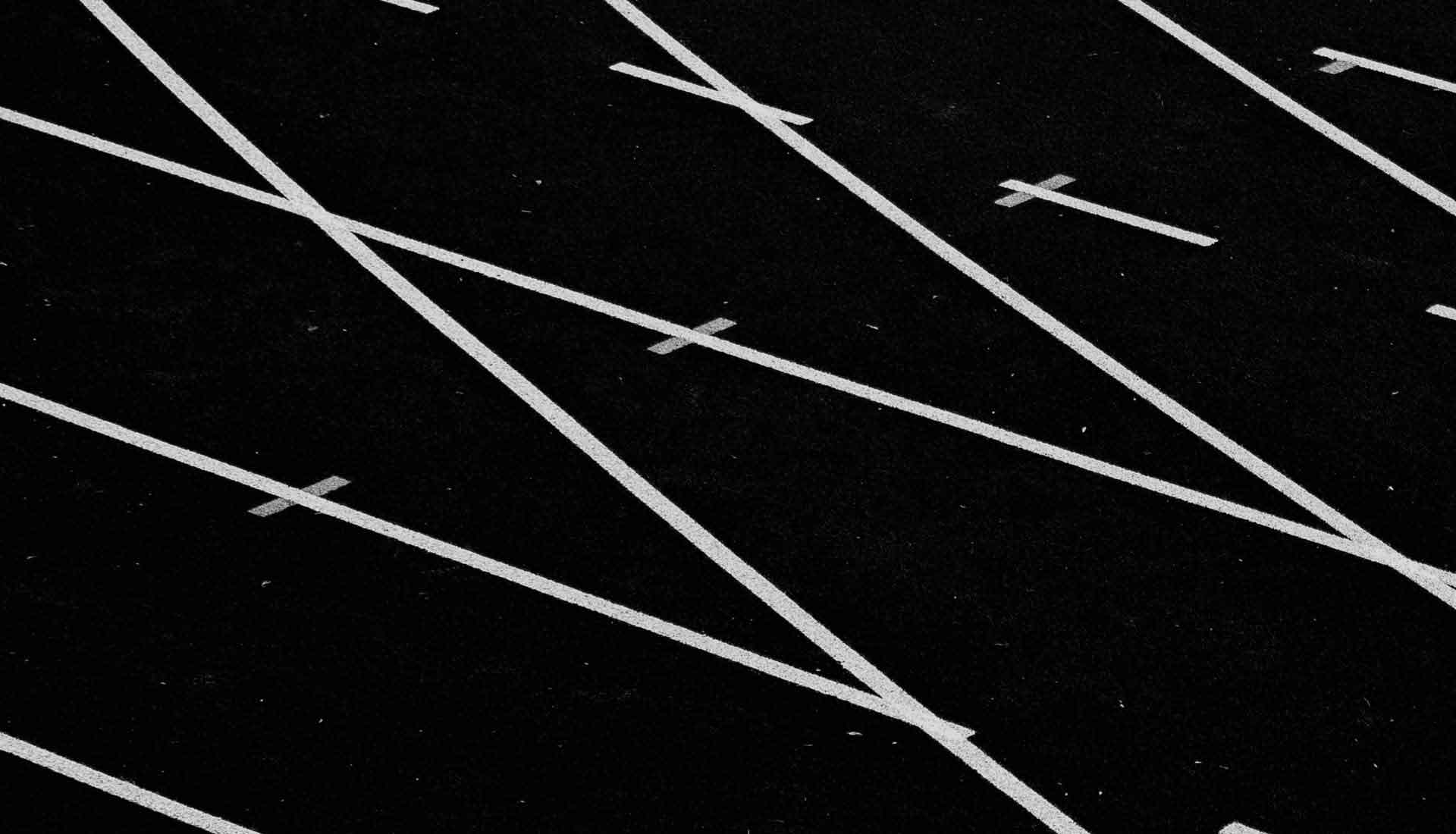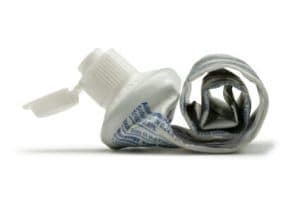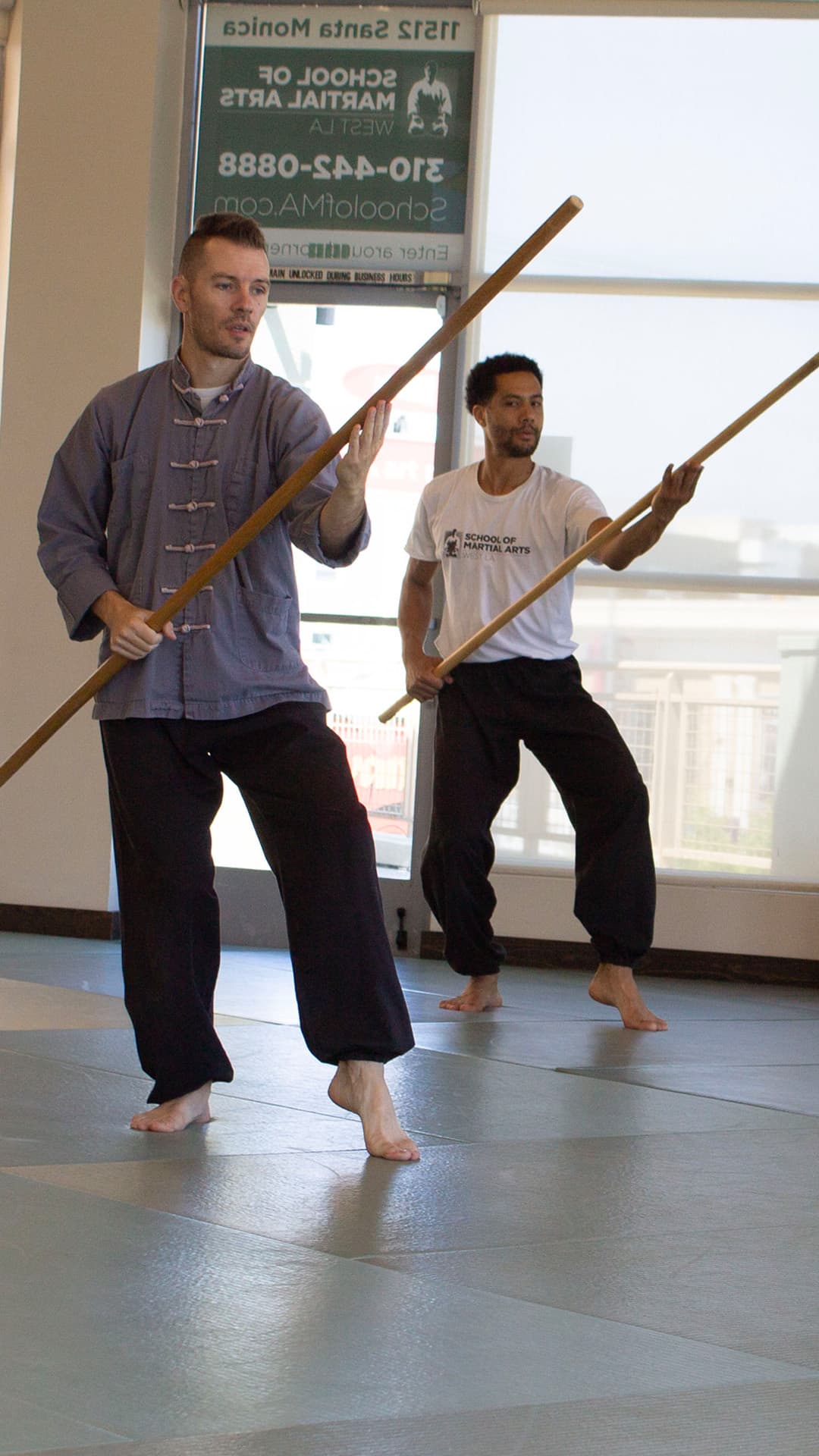Blog 11: Martial Arts, Toothpaste, the Scientist and the Caveman, Part 1
Toothpaste Breathing
I basically live at the dojo, so I have a toothbrush and toothpaste here. Otherwise my teeth would fall out. Also, I have great breath because I’m a great partner.
The tube of toothpaste that I’m using right now is almost empty. It’s completely flattened, and the only way I can get more toothpaste out is the jam my thumb really hard right behind the opening. It’s been that was for weeks, and it seriously amazes me every time I eek out a little more, just enough to brush my teeth.
Since I not only spend most of my physical time at the dojo but I also think about martial arts all day long, there seemed like a lesson I could impart on the students. When I talk about brushing teeth with the kids in Wushu, it’s usually about what a great opportunity it is to practice horse stance (or tooth-brushing stance as I call it sometimes). There’s another lesson about effort, and squeezing that last little bit out. We are all like tubes of toothpaste, and we rarely put in every ounce of effort into what we do, just like we rarely get that last bit of toothpaste out. Practicing martial arts, both Kung Fu and T’ai Chi, is the perfect opportunity to do just that: put that last ounce of effort into a technique, whether it’s physical, mental or spiritual effort.
Yet as I held the nearly spent tube of toothpaste in my hand the last time I used it, I saw that it was a little more nuanced than that. There’s a bit more of an understanding to gain.
Breathing in T’ai Chi is a great place to look. If you understand correct breathing, you see the easy analogy of emptying the breath from one end to the next. We start from the chest, completely exhale, then move to the diaphragm or belly, completely exhale. This methodical way of breathing out allows us to fully empty, then therefore to completely fill the lungs. Yet this isn’t the whole story.
Before T’ai Chi, breathing is like an accident for us. We breathe without paying attention, sometimes holding or straining, often times shallow breaths, only using the chest. Then, we hear for the first time that we should breathe deeply. So we give it our best shot, and it’s a deeper breath than we are used to. We get most of the air out, then a decent amount back in. It’s like when you first use the tube of toothpaste and you squeeze from somewhere in the middle of the tube, basically flattening it without attention to detail.
Next, we are told to breath slowly, methodically, completely from the bottom up. Here is when we really start to make progress. Like carefully squeezing and then rolling the tube of toothpaste from one end, we get all that oxygen that we have been missing our whole lives. It’s incredible how much more satisfying and calming this type of breathing is. We almost feel dumb for the way we’ve been breathing up til then, and start to notice it throughout our day.
Now we’re done, right? Wrong. There’s still a little bit left. That last bit of breath can only be pushed from the lungs with real effort of the will. It’s like that last bit of toothpaste left up near the opening. Even after you’ve completely rolled up the tube, you really have to push hard with your thumb. It’s like we return back to that initial way that we used to exhale, just pushing with dumb effort. Try it now: breathe completely out from the chest to the diaphragm. Then just push a little bit more. Get air to leave your body through your mouth. That is a complete breath. There’s nothing left. Now you can inhale.



